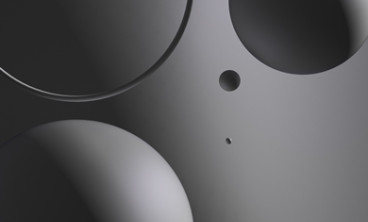
Procedure coding
Procedure coding for deep brain stimulation is well-established in many European countries. The procedure codes typically distinguish between implantation, replacement, or removal of deep brain stimulation electrodes and/or generators. For example, in France, there are specific CCAM codes for stereotactic implantation of the intracerebral stimulation electrode (code AALB001), subcutaneous implantation (code AALA004), or replacement (code AAKA001) of a brain stimulation generator to cover the procedures.

Payment mechanism
The payment model for deep brain stimulation varies by country.
In some European countries (Germany, Italy, the Netherlands, and countries of the Nordic region), deep brain stimulation is reimbursed solely via the diagnosis-related group (DRG) mechanism. The DRGs might differ for implantation, replacement, and removal procedures, as well as the laterality of intervention or type of neurostimulator generator (rechargeable or non-rechargeable). For example, in the Netherlands, there are specific DRGs for single-sided insertion or replacement of an electrode with a rechargeable deep brain stimulation device (DRG 972802125 with a tariff of €49,545), double-sided insertion or replacement of electrodes with a rechargeable deep brain stimulation device (DRG 972802123 with a tariff of €56,654), single-sided insertion or replacement of an electrode with a non-rechargeable deep brain stimulation device (DRG 972802126 with a tariff of €37,490), double-sided insertion or replacement of electrodes with a non-rechargeable deep brain stimulation device (DRG 972802124 with a tariff of €43,135).
In some countries (e.g., Belgium, France, and England), deep brain stimulation devices attract additional reimbursement, which is paid on top of the DRG tariff. For example, in England, there is a specific category in the High Cost Devices List “Deep brain, vagal, sacral, spinal cord, occipital nerve and, peripheral nerve stimulators and neurostimulators”.
In Belgium, most of the devices for deep brain stimulation require brand-specific registration on the Nominative list, and the reimbursement amount is defined for each brand name.

Policy considerations
Due to its complexity and cost, deep brain stimulation can be subject to specific policies from payers or national decision-makers in countries where such frameworks exist.
For example, in England, the national payer, NHS England, published several Clinical Commissioning Policies for deep brain stimulation in different indications. The procedure is routinely commissioned for movement disorders (Parkinson’s disease, tremor, and dystonia], according to the criteria defined in the Policy. The procedure is not routinely commissioned in chronic neuropathic pain, central post-stroke pain, refractory epilepsy, refractory Tourette Syndrome, and other movement disorders (including coma, pain, and depression).
In many countries, deep brain stimulation is reimbursed only when specific patient eligibility criteria are met. For example, in France, indications for deep brain stimulation are limited to Parkinson's disease, severe disabling tremor, and primary chronic generalized drug-resistant dystonia in patients aged seven years or older.

Health technology assessment
As deep brain stimulation is relatively well-established in most European countries, novel HTAs are unlikely.

Future challenges
Deep brain stimulation has established reimbursement and funding in most European countries. New health technology assessments are unlikely to be relevant. The key challenge for technology is the extension of indications on novel groups of patients.
Novel devices for deep brain stimulation with unique designs might need to develop specific procedure codes and adjust payment mechanisms to leverage their unique technology or cost profile fully.
MTRC has experience with more than 2 projects related to deep brain stimulation in Europe.
Get in touch
Contact us to discuss your needs and learn about our services



